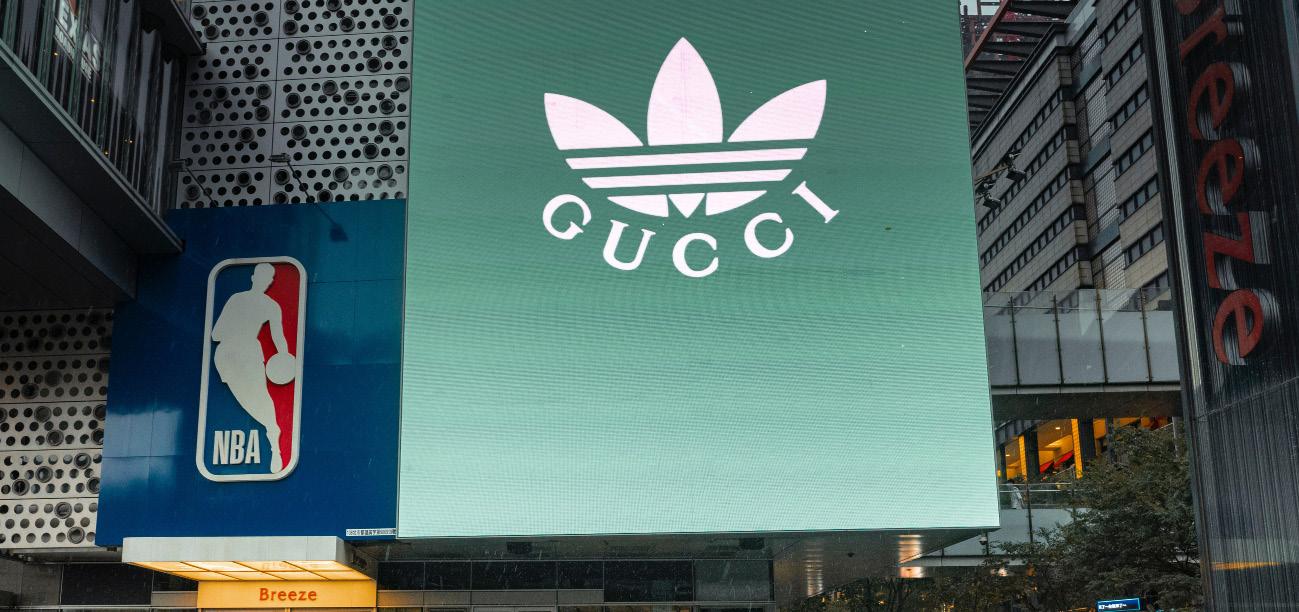
2 minute read
How technology is changing the way we create Film and TV
Anyone who has recently watched Avatar: The Way of The Water, The Last of Us, The Lion King-Live action, or any film or TV series made in the last ten years will know that film and television have changed in a multitude of ways. The reason…technology.
For starters, I think it best to give recognition to one of the most well know and obvious technological advances in film, which is the use of twin-lensed cameras to create a 3D version of a movie. The images from the two different lenses are projected onto the screen by two different projectors, thus creating a masterpiece. Another obvious technological advancement is the use of drones to film our favourite actors from a multitude of angles. However, in recent years there has been a further evolvement in the type of technology used to create films which not many people are aware of and this has changed the way we think of collaborative work. One of the largest ways technologies has affected the film and TV industry, which was thrown into the spotlight due to COVID-19, is remote editing. Remote editing involves cutting and rearranging multiple film shots to create a cohesive and sequential story- all done from home. This has been extremely helpful in recent times when going into an office wasn’t possible. The well-known computer software company Adobe started using a new program called LucidLink in 2020. This software allows multiple editors to edit a video in a good deal of ways and even allows them to do this at the same time. Software like this allows film editing teams to seek advice from special effects specialists that may live on the opposite side of the world. In addition, this can be extremely cost-efficient and allows directors to spend a larger budget on bringing us action-packed films instead of worrying about the cost of travelling to said specialists.
Advertisement
Speaking of cost, the use of modern technology has significantly reduced the cost of creating a film, in some ways, as it can be done in lesser time, with less waste, as any mistakes can be rectified immediately. In addition, not only are people now using high tech to make film and TV but are using it to store and preserve it as well. Gone are the days of having to buy warehouses to physically store the film tapes, as nowadays it only takes a few gigabytes on a computer to give a piece of art immortality.
Another snazzy piece of efficient modern collaborative technology that is now being put into practise is the use of virtual production. This practise involves using 3D engines to build photorealistic sets that are then displayed on LED walls behind the physical set. Virtual production allows for filming to incorporate special effects at the time of filming and does not require them to be edited in later on. This allows actors, directors, and film crews to visualise the set and what the movie is going to look like in real-time. In simpler words, think early 2000s playing with Apple Photo Booth green screen backgrounds on a much larger scale. In addition, the use of LED screens allows filmmakers to play around with different ideas, visualise them, and come to the conclusion of what looks best before clicking the record. Whilst the actors may have travelled elsewhere in the movie, in reality, virtual production makes it possible to shoot these scenes in the same place and eliminate the worry of different environmental conditions. Finally, the use of technology makes it possible to recycle pre-used video and set materials instead of having to spend hours building a new yet similar landscape. Similar to virtual editing, virtual production aided the film industry hugely during and post COVID-19, as films could be made with less crew, less travel, and less hassle overall. Essentially, films could be shot within a technologically enhanced bubble. However, please be advised that Judd Apatow’s 2022 movie, The Bubble, is not at all an accurate representation of what that might have looked like.
words by: Jessica Fotheringham design by: Soyal Khedkar










